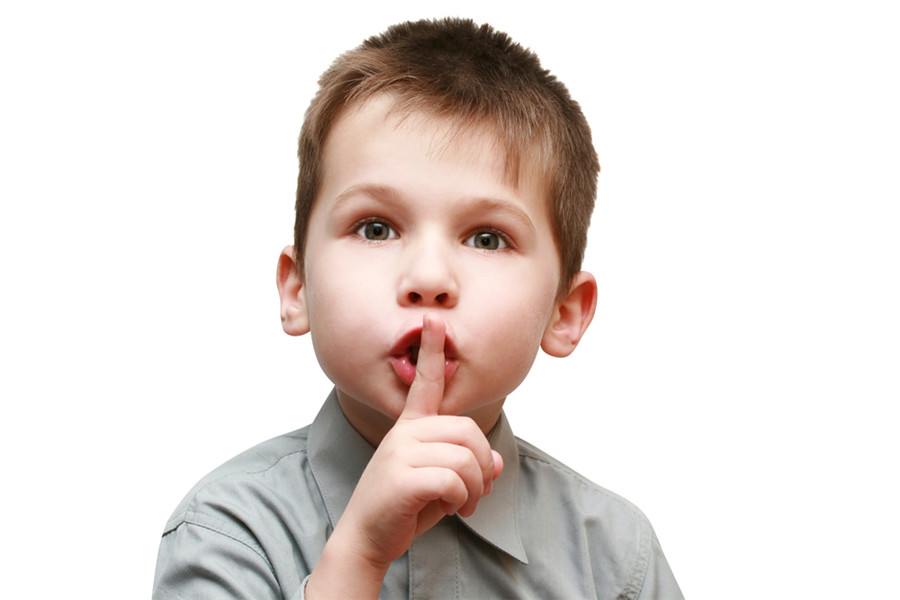
How does the child nose bleed?
STEP 1 Soothe Children
If the child is afraid, calm down and tell the child: [Don’t be afraid, there is a mother/father].
Step 2: Press to stop bleeding
Let the child’s head lean forward slightly, hold the junction of the hard bone and cartilage of the child’s nose (about the center of the nasal side) with your thumb and index finger, and press for about 10 minutes.
3. Seek medical treatment in time
If there is still no hemostasis or more bleeding, take the child to the hospital in time.
Common Mistakes about Epistaxis
1. Let the child raise his head
Raising your head may cause nosebleeds to flow to your throat, causing cough and even suffocation.
2. Let the child swallow the nosebleed
If nosebleeds flow into the stomach, they will stimulate the digestive tract, and it is not easy to estimate the amount of bleeding, which may delay the illness. Children should be told [if they feel something behind their throat, they must spit it out].
How to prevent epistaxis in children?
1. Stop children from picking their noses
Picking the nose may damage the capillaries in the nasal cavity and lead to bleeding. Parents should stop their children’s behavior in time.
For babies, parents can try to find out the causes of nose picking, such as colds and allergies, and then treat them symptomatically. If the baby is habitually picking his nose, give him a toy to divert his attention.
Step 2 Prevent allergies
When the nose is allergic, capillaries are more likely to rupture and bleed.
Often open windows for ventilation, or use air purifier; Keep children away from possible allergens and things that are easy to accumulate dust, such as plush toys that have not been cleaned for a long time.
Step 3: Create a humid environment
Dry air will make capillaries in nasal cavity more likely to rupture.
You can use an air humidifier or rub some moisturizing ointment, such as Vaseline, into your child’s nasal cavity.
